How to properly plant and care for the Tarusa raspberry tree
Raspberry Tarusa belongs to the standard mid-season and high-yielding varieties. The characteristic features of the shrub are the complete absence of thorns and the extraordinary aroma of berries. The garden plant is highly decorative and can become a real decoration of the local area. The name "crimson tree" is associative. Thick straight shoots of Tarusa resemble tree trunks, and correct pruning allows you to form a real spreading crown with bright interspersed with juicy berries.
Why gardeners choose the raspberry tree
Raspberry bushes Tarusa do not need support at all, which greatly facilitates the care of the berry crop. The internodes of the branches are stiff and shortened, so a tall (up to 2 m) plant does not bend or break even with a moderate wind. The shrub begins to bear fruit already in the second year after planting and every year the yield only increases. The berries of the tree plant are juicy, sweet and unusually large.
Advice
The raspberry tree is a growing method in which the branches that have fruited are completely cut off. Then the upper parts of the lateral shoots are pinched for the accelerated formation of young branches, and the shoots near the roots are cut off. The result is a compact standard tree with a thick trunk and lush crown.
The leaves of the raspberry bush are openwork, patterned, rich dark green color. In late spring, many bright red flowers bloom on the branches. Raspberries Tarusa should be grown just for the sake of this extraordinary sight. But the shrub has other advantages:
- resistance to garden pests and fungal diseases;
- unpretentious care;
- the ability to shoot two harvests of berries in one season;
- ability to withstand frost down to -30 ° C.
Growing Tarusa raspberries as a standard tree allows you to get a richer harvest than from a shrub without proper crown formation. Also, the undoubted advantages of garden culture include the possibility of long-term transportation of berries without loss of quality.
Preparation for planting berry crops
Raspberries are planted in the spring, immediately after the snow melts, before the onset of stable heat. In autumn, gardeners are guided by weather reports. If weather forecasters do not promise a quick cooling, then they are in no hurry to land. For mid-latitudes, the optimum time to start growing is mid to late October.
The raspberry tree multiplies easily and takes root quickly with proper care. How to get seedlings for your site?
- An adult plant is dug in, the root system is examined. If buds are fully formed, cuttings are cut and placed in containers or boxes with loose, light soil. Cultivation is continued in a dry and warm place.
- Green shoots of raspberries are dug in such a way that each has its own part of the root system. The planting material is planted in a row and sprinkled with a small amount of soil. Liquid organic fertilizer is immediately applied and the soil is mulched with high-moor peat or rotted foliage.
So that the picked berries are not small and watery, they are thoroughly approaching the choice of the site. You need to plant a raspberry tree in places where a lot of snow accumulates in winter, and there are no squally winds in summer. For rapid growth and abundant fruiting, a tree plant needs a lot of sunlight.
Advice
If lentils, peas and beans grew on the selected area before the raspberries Tarusa, then the compact tree will be tall and strong. Legumes reduce soil acidity, which is very beneficial for shrubs.
The main thing is that moisture does not stagnate at the roots after rains. Experienced gardeners recommend making several drainage channels before planting. Raspberry Tarusa should not have large and tall neighbors. They can shade it and take nutrients from the soil.
Correct planting of a compact tree
Standard raspberries are planted for long-term cultivation, the period of which is about 10 years. To facilitate further care, gardeners plant the tree in rows at a distance of 150-190 cm. Before planting, the seedlings are shortened to 70 cm and most of the leaves are removed.
How is the planting carried out?
- Dig shallow holes (30-40 cm), add 20 g each nitroammophos and mixed with soil.
- One or two Tarusa raspberry seedlings are placed in each of them, the root collar is deepened by 2.5-3 cm, the shoots are shortened to 30 cm.
- the soil above the raspberry tree is loosened and mulched.
After planting, each seedling is watered abundantly with water. Before placing the plant in the holes, carefully examine the roots and stem. This is especially important for seedlings purchased from markets. Rotten roots are removed, and too long are pruned. When planting in late autumn, all the leaves are cut off, otherwise the Tarusa raspberry will not have time to take root and gain strength for a long winter. With proper care, the berry culture can bear fruit abundantly for 15 years or more.
How to care for a raspberry tree
The yield of the berry bush depends only on proper and timely care. For abundant fruiting, the raspberry tree is regularly fed with organic and mineral fertilizers. Before laying the buds and after collecting the last harvest, a liquid solution of cow manure or high peat is introduced under each bush. Every month Tarusa raspberries are fed with complex fertilizers diluted in accordance with the instructions.
Advice
Even in hot weather, you should not pour the soil under the raspberry bush. Large bright berries will appear on the branches, which will be watery and absolutely tasteless.
The soil under the tree is loosened weekly and mulch is added if necessary. This ensures the flow of fresh air to the roots, repels garden pests, and prevents rapid evaporation of moisture. The stem tree loves moist soil, and the lack of water affects the long ripening of berries and their small amount. The plant is watered constantly - from planting to the beginning of wintering.
The raspberry tree is resistant to pests, but with improper care, yellowish spots form on the leaves. These are signs of chlorosis, which is unlikely to get rid of. The affected parts of the plant should be removed and isolated from nearby bushes in case the chlorosis is caused by an infection. Very rarely, aphids raid the bush. After the colonies are found, Tarusa raspberries are sprayed with an insecticide solution.
The berries of the raspberry tree are delicious fresh and in the filling of pies and pies. They can be dried or boiled in thick jam to treat fall and winter colds. With proper care of a compact tree, the whole family will eat plenty of sweet berries and stock up on vitamins for future use. Ease of planting and growing, high decorativeness and productivity makes Tarusa raspberries an irreplaceable crop for gardeners.
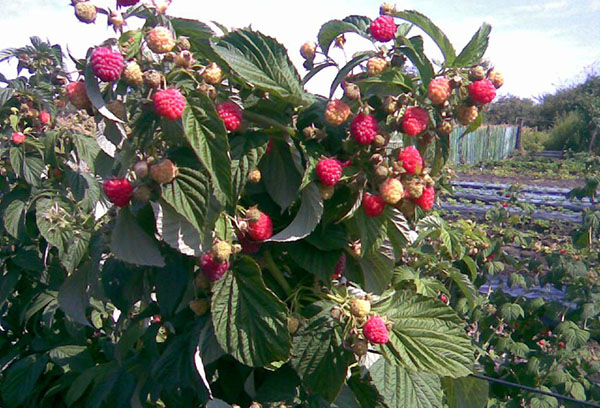
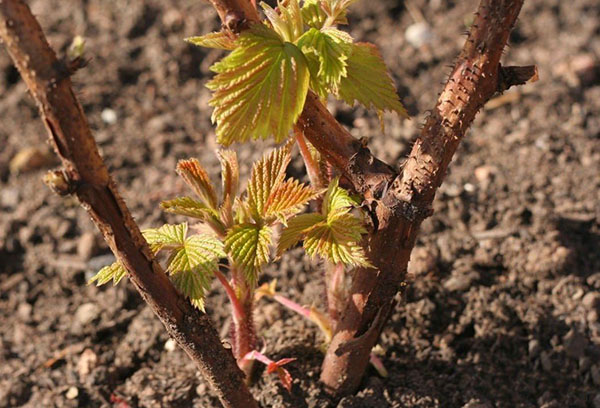
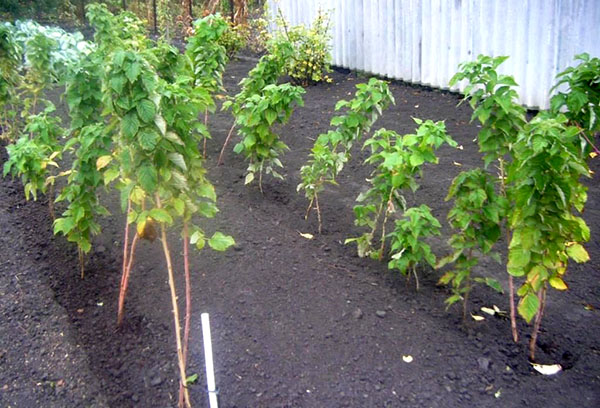
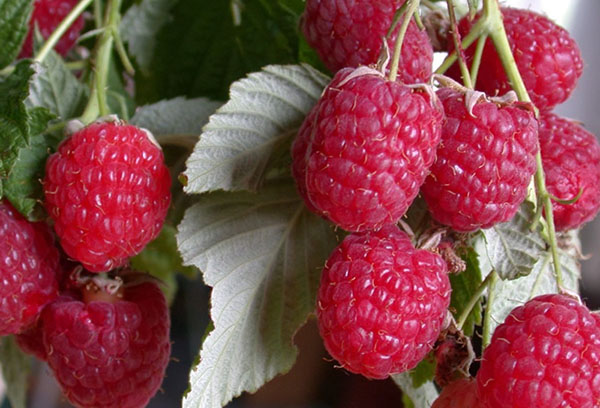
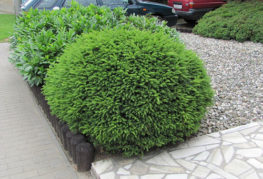

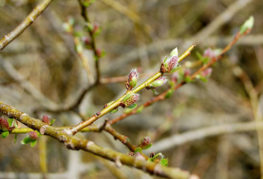
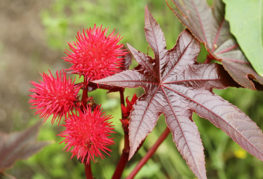
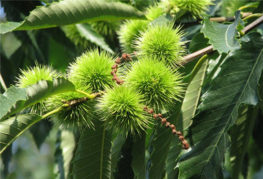
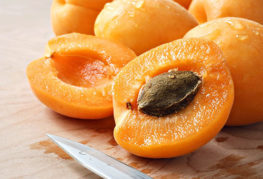
and will be published shortly.